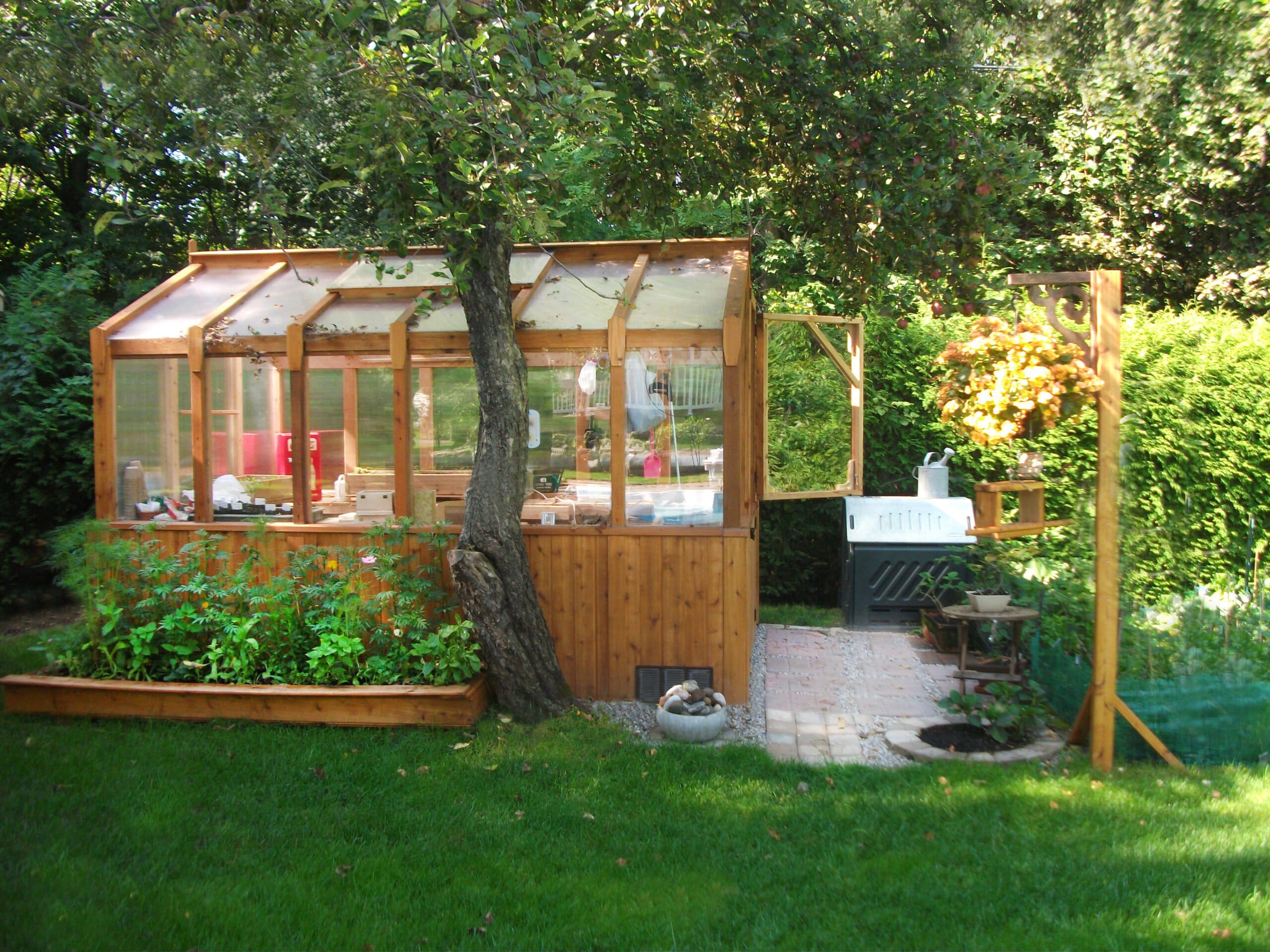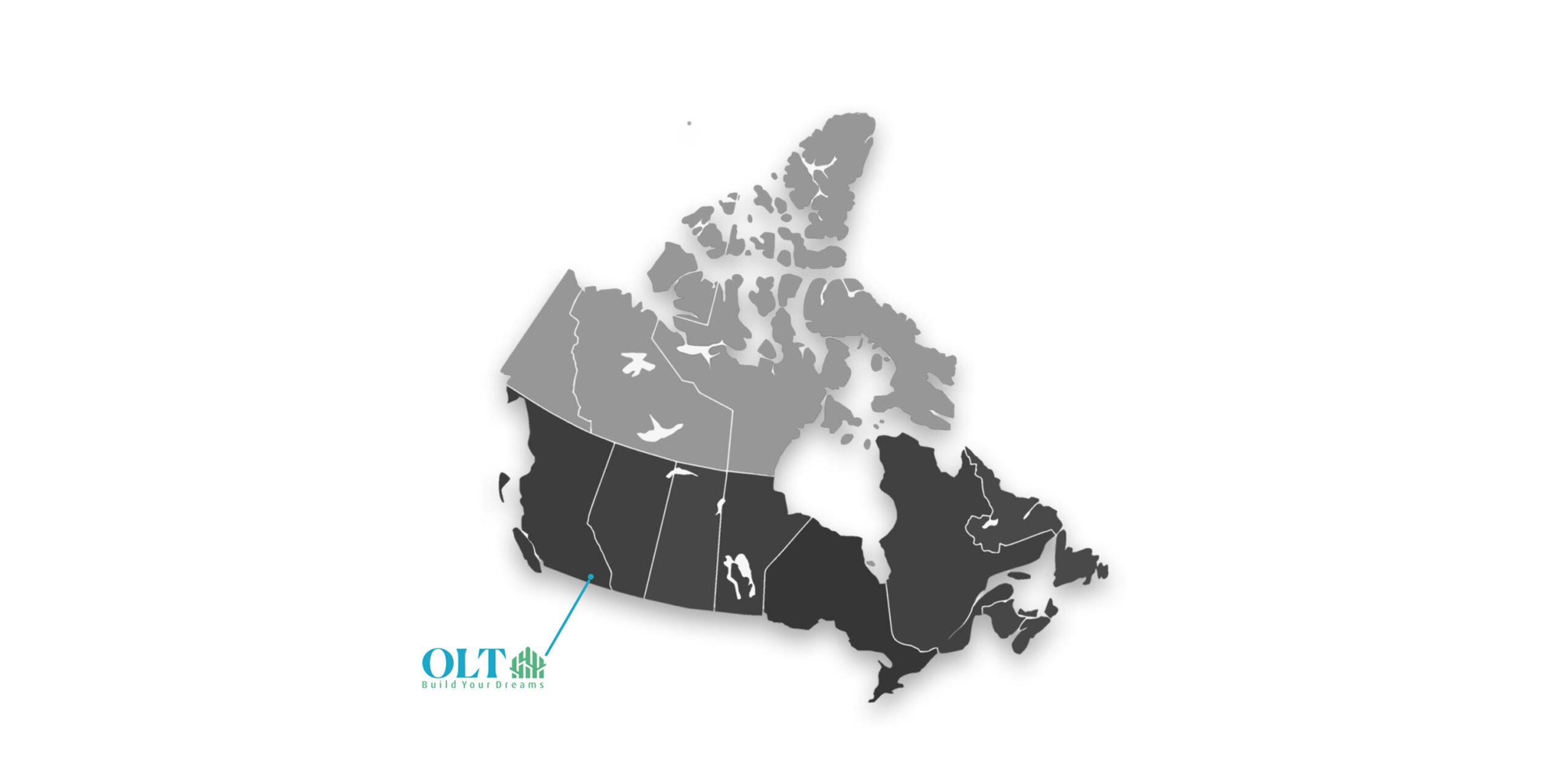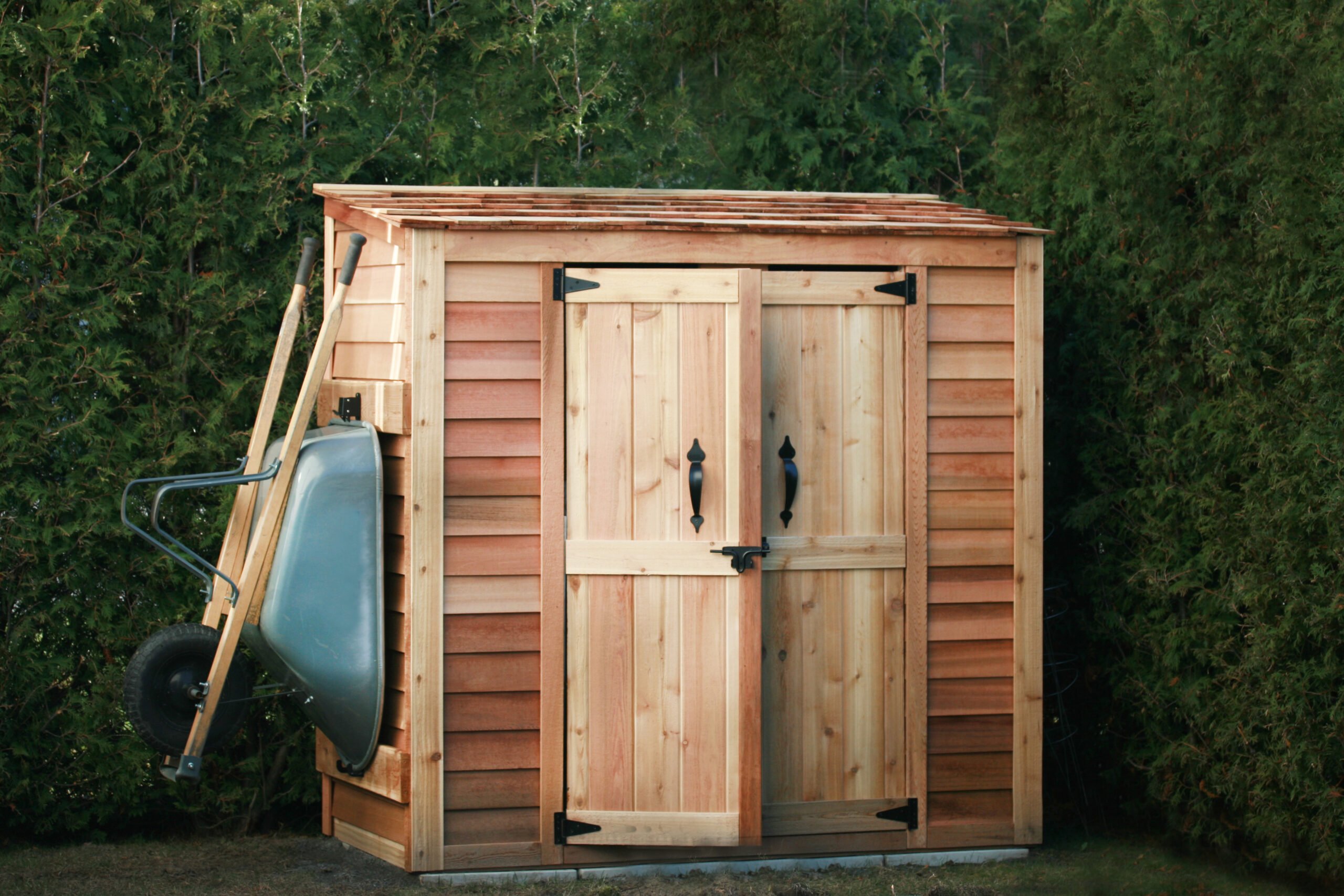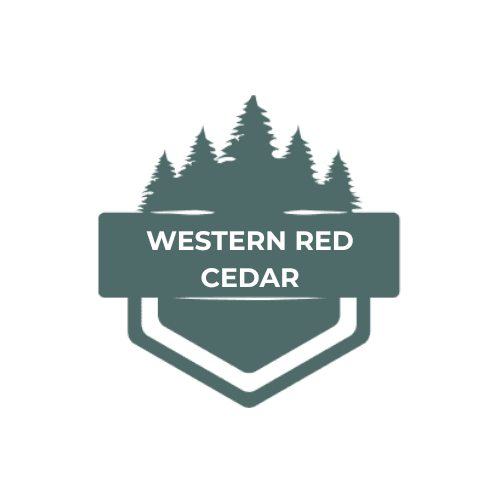No products in the cart.
What is Sugi?
Sugi wood refers to the timber obtained from the Japanese cedar tree, scientifically known as Cryptomeria japonica. Sugi is a large evergreen coniferous tree native to Japan and is highly valued for its wood, which possesses various desirable qualities.
Sugi wood is renowned for its straight grain and exceptional durability. It has a pale yellow to light brown color, often with subtle reddish tones. The wood has a fine texture and a moderately low density, making it relatively lightweight while still being sturdy.
One of the notable characteristics of sugi wood is its natural resistance to decay, insects, and fungi. This inherent durability, combined with its strength, makes sugi wood highly sought after for a wide range of applications.
Apart from its practical uses, sugi wood holds cultural significance in Japan. It has been utilized in the construction of temples, shrines, and traditional Japanese houses for centuries. The aromatic scent emitted by the wood adds to its appeal and has contributed to its usage in various cultural ceremonies.
Sugi wood is a valuable resource, and sustainable forestry practices are employed to manage its cultivation and harvesting. The popularity of sugi wood extends beyond Japan, as it is exported to other countries where its exceptional qualities are highly appreciated.
In summary, sugi wood refers to the timber obtained from the Japanese cedar tree. It is renowned for its durability, straight grain, and natural resistance to decay. Sugi wood finds applications in construction, furniture making, and traditional crafts, while also holding cultural significance in Japan.
When comparing Sugi wood to Western Red Cedar, there are several similarities and differences to consider:
- Species and Origin: Sugi wood comes from the Japanese cedar tree (Cryptomeria japonica), which is native to Japan. On the other hand, Western Red Cedar (Thuja plicata) is found primarily in the Pacific Northwest region of North America, including parts of the United States and Canada.
- Appearance: Both Sugi wood and Western Red Cedar have appealing aesthetics. Sugi wood typically has a pale yellow to light brown color with subtle reddish tones, while Western Red Cedar showcases a vibrant reddish-brown hue that can vary in intensity. Both kinds of wood have a fine texture and straight grain, although Western Red Cedar may have more pronounced grain patterns.
- Durability and Decay Resistance: Sugi wood possesses inherent durability, making it resistant to decay, insects, and fungi. It is renowned for its ability to withstand harsh conditions. Similarly, Western Red Cedar is highly durable and naturally resistant to decay, rot, and insect damage. Both kinds of wood are suitable for outdoor applications and have a long lifespan when properly maintained.
- Density and Weight: Western Red Cedar is known for its low density, which contributes to its lightweight nature. Sugi wood, although generally lightweight, has a slightly higher density than Western Red Cedar. This slight difference in density can impact its weight and handling characteristics.
- Uses and Applications: Sugi wood is commonly utilized in construction for framing, siding, flooring, and interior finishing. It is also employed in furniture making and traditional Japanese crafts. Western Red Cedar is highly valued for outdoor applications such as siding, decking, and fencing. It is also used in boat building, roofing, and interior paneling.
- Scent: Sugi wood emits a pleasant aromatic scent, adding to its cultural significance and appeal. Western Red Cedar is also known for its distinctive aroma, which is often described as a sweet and earthy fragrance.
Summary
Both Sugi wood and Western Red Cedar are highly regarded for their durability, natural resistance to decay, and versatility. The choice between them often depends on regional availability, local preferences, and specific project requirements.








